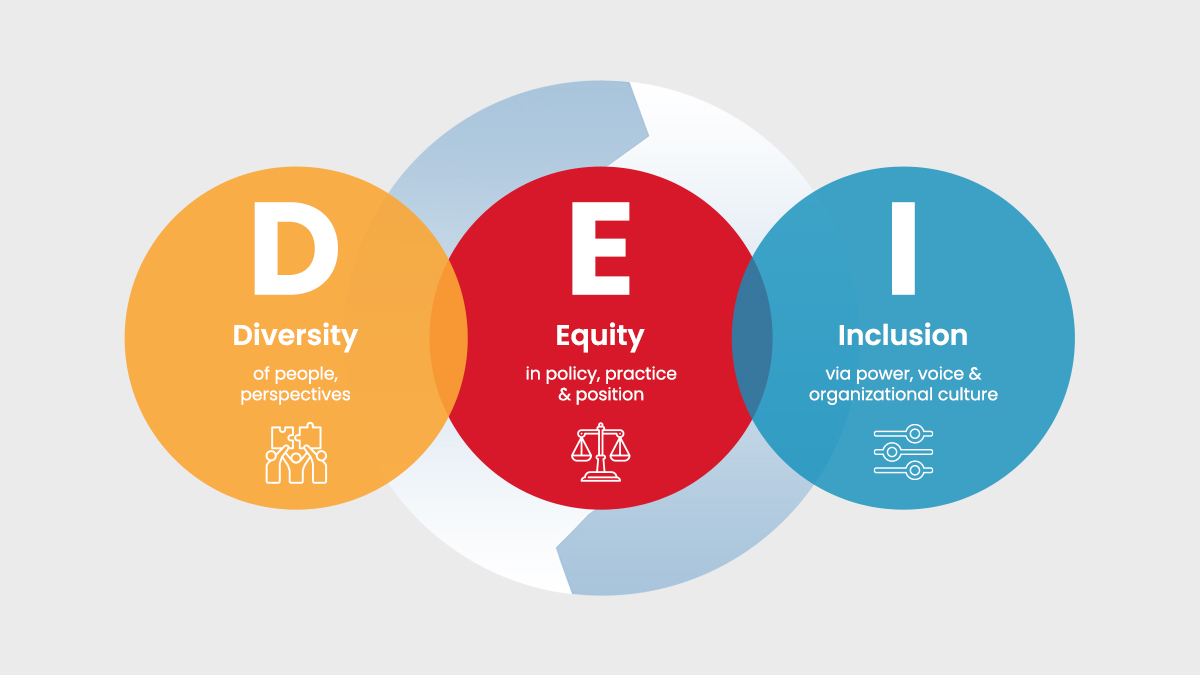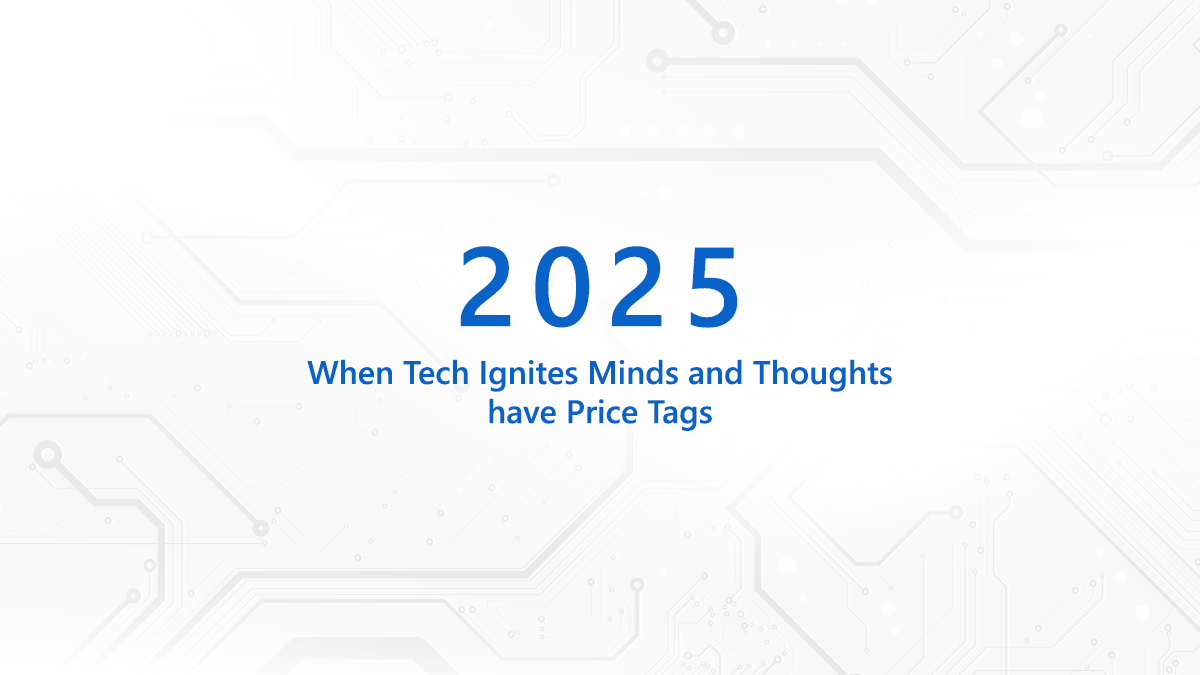It's easy-peasy to talk about Diversity, Equity and Inclusion (DEI). But it isn't as easy to design the DEI strategy right. Why? Before we delve into the reasons, let's discuss what happened recently to DEI initiatives at the University of Florida. The varsity terminated 13 full-time DEI posts and 15 administrative faculty appointments. What's more, it ditched the Chief Diversity Officer's post and scrapped DEI collaborations with outside contractors to comply with the Florida state legislation.
Equal opportunity workplaces aren't a newfangled concept. But DEI programs have gathered steam in the past few years after the #BlackLivesMatter movement that peaked in 2020. Of late, the backlash against inept DEI programs has reached a fever pitch, with centibillionaire Elon Musk and hedge fund billionaire Bill Ackman voicing their protest.
From the recent turn of events, I understand that the opposition is not to DEI per se. Instead, it has more to do with inefficiently crafted DEI programs. We should not view and implement DEI as a vision in isolation. For DEI to be successful, it has to be integrated with any company's core strategy.
Why companies need to reboot their DEI strategy?
When it comes to implementing the DEI mandate, some companies are still walking on eggshells. In many organizations, DEI efforts are often seen as a mere afterthought. But what occurs when these objectives are not achieved? Do we just brush it off and carry on as if nothing went wrong? Without strong accountability measures in place, DEI initiatives run the risk of becoming stagnant and ineffective.
Navigating the intricacies of DEI can be quite a challenge. It's essential to recognize that it's not about showing cronyism or providing unfair advantages to specific groups. Instead, it's about creating a level playing field that fosters excellence.
The bottom-line lies in weaving DEI deeply into the fabric of our culture. Let's not just talk the talk but walk the walk when fostering a truly inclusive workplace.
Getting your DEI priorities right
.jpg)
Today, DEI is the Corporate Social Accountability (CSA) for companies. But having it as a separate strategy will not click. You have to tie it into the heart of your business strategy because separate is never equal. Take Walmart, for instance. They're not just your average retail giant - they're all about DEI. They have the Supplier Inclusion Program that helps businesses and suppliers from communities that don't always get a fair shake in the big retail world.
The first stop of the DEI journey is diversity. Diversity refers to who is represented or underrepresented in the workforce. It manifests in many forms—gender diversity, age diversity, ethnic diversity, physical ability diversity, and neurodiversity. Bringing in people from diverse backgrounds is the most important first step.
Hiring persons with disabilities (PWDs), especially neurodivergents can be challenging for companies unless they create the right job opportunities for them and integrate them with the prevailing workplace ecosystem. Companies are usually obsessed with their bottomline and can’t let their profits go for a toss. That’s the right strategy because in the garb of fulfilling the DEI mandate, we should not kill merit. The critical factor here is empathy and a belief in the abilities of the differently oriented but productive people.
Deloitte's findings reveal that teams embracing neurodiversity can soar up to 30 per cent higher in productivity. What's the secret sauce? It's the kaleidoscope of skills and cognitive abilities that neurodivergents bring to the table. Their unique perspectives don't just color outside the lines; they redraw the entire canvas, revolutionizing problem-solving and task execution. Some of the globally reputable companies have already realized it. EY, SAP, JPMorgan Chase, and Microsoft – which run four of the largest U.S. autism hiring programs – report a retention rate of more than 90 per cent.
Moving up on the DEI ladder
.jpg)
To get their act right on DEI, companies need to start by prioritizing these values from the top down. This means not just paying lip service to diversity initiatives but actively incorporating them into every aspect of the organization's culture. So, the next time your boss suggests another mandatory diversity training session, don't roll your eyes – embrace it as an opportunity to make real change within your company.
This blog was originally published in Priyadarshi Nanu Pany's LinkedIn account.


























































We will verify and publish your comment soon.